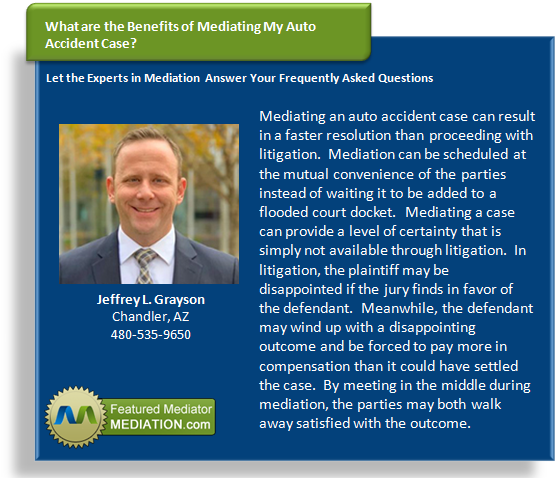What is Different About Civil Rights Mediation?

When a party believes that his or her civil rights have been violated, such as through police misconduct, discrimination in the workplace or violations of fair housing laws, he or she may have the option of mediating rather than litigating the claim. This process has many key differences to litigation.
Mediation is a voluntary process. It does not happen unless both parties agree to it. However, the parties do not waive their statutory rights simply by agreeing to mediation. If the parties are unable to reach an amicable solution during mediation, they can proceed with their case through litigation. Any time that they use to try to resolve the case through mediation usually tolls the statute of limitations and other deadlines since courts want to encourage parties to reach settlements out of court when possible.
The process is non-adversarial, meaning that the parties work together to resolve mutual goals. In litigation, the parties are inherently adversaries. Also, the parties are not restricted to the remedies available in court. Possible solutions may include reinstatement, a reference letter, an apology, clarification on applicable policies, changes in policies, monetary awards or myriad other solutions that the parties agree to.
The mediator assists the parties in identifying issues, working through problems together and exploring different options for possible settlement. The mediator’s role is to facilitate communication between the parties, not to impose a decision on them.
If the parties reach an agreement, they enter into a written contract, which includes a full provision that says that the complaint is being withdrawn and that the agreement is a final settlement of all charges.









